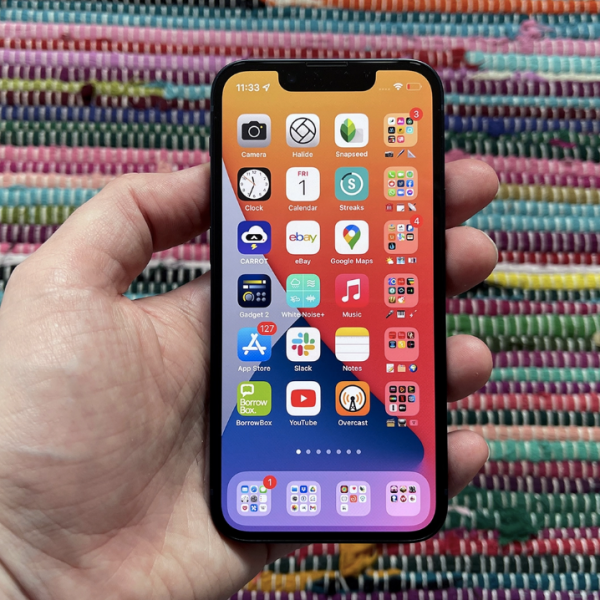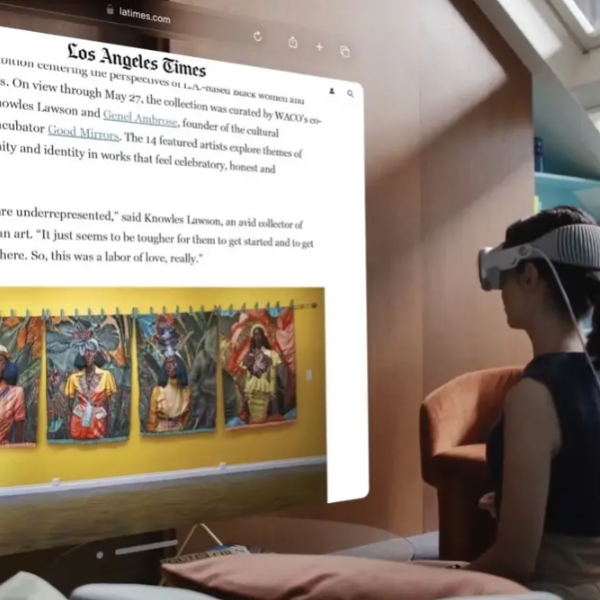Forty years ago, the first Macintosh was revealed by a young Steve Jobs, and it captured the world’s attention with the simple word “hello” on its screen. Today, Apple is getting closer to fulfilling the vision it had back then.
The Mac, with its graphical user interface (GUI), mouse, and keyboard, not only started an industry but also inspired competitors, including Windows. The audience at the launch event, hosted by Jobs, went wild. Pat McGovern, the founder of IDG/Computerworld, once shared that he was in the crowd, although he joked that he had actually seen the Macintosh the year before.
To the crazy ones
After those early days, Apple experienced tremendous success, faced serious challenges, almost went bankrupt, and then made a remarkable comeback. The user-friendly principles introduced with the Mac’s interface extended to Apple’s other products like the MacBook, iPod, iPhone, iPad, and the recent Vision Pro. The operating system continued to evolve, and the iconic on-screen “Hello” transformed into Siri, which is now set for a resurgence.
However, Siri has fallen behind its competitors, and Apple aims to change that by investing heavily in artificial intelligence (AI) to enhance Siri’s capabilities. According to Pitchbook data mentioned in a Financial Times report, Apple has acquired 21 AI start-ups since the beginning of 2017. The primary goal of this research is to boost AI on mobile devices, likely with the release of iOS 18 later this year.
Apple joins the AI arms race
Daniel Ives, an analyst from Wedbush Securities, believes that Apple will share more updates and is likely to acquire a significant company in the AI sector this year. He said, “There’s a competition in AI, and Apple won’t stay behind.”
There are signs that Apple is moving faster in its AI efforts. Morgan Stanley analyst Erik Woodring wrote a detailed note to clients about Apple’s “Edge AI” opportunity. He stated, “We think Apple is speeding up its efforts to introduce these features, raising the chances of an ‘AI iPhone’ launch as early as Fall 2024.”
For instance, the variety of job openings at Apple for roles in Deep Learning and Natural Language Processing is growing. Deep Learning is mentioned in 49% of Apple’s AI job listings, while NLP is mentioned in 23% of them.
Hello to the smart machines
Apple appears to aim for an on-device generative AI solution. Current systems, even on mobile devices, depend on cloud-based AI, which increases the cost per query. Apple seems to want to use the Neural Engine on its powerful existing chips along with its own innovations (like MLX and “Ferret”) to enable on-device intelligence, at least to some extent.
This, of course, extends to Siri and suggests that in the not-so-distant future, when you turn on your Mac, you’ll be greeted by a spoken “hello” from a computer that, through a combination of GenAI LLM models and machine vision intelligence, has something like automated consciousness. (Ferret is interesting because it translates what it sees into words, which can then be used to drive LLM models — perhaps one day a little like Georgie La Forge’s glasses.)
The answer to what question?
Don’t expect much insight into the company’s plans for the next few months. We are still at that stage in Hitchhiker’s Guide to the Galaxy, during which pundits and philosophers appear on chat shows to disagree about what they think is coming. Deep as these thoughts may be, all eyes will be on the company at June’s WWDC, as that is where it is most likely to discuss these plans, if they are to come later this year.
In a note to clients today, Morgan Stanley’s Woodring once again emphasized that when Apple improves the AI in its devices, it will trigger a strong “Edge AI refresh cycle.” He warned that these plans will remain a “closely guarded secret” for some time to come — just like the Mac four decades ago, and potentially equally as life-changing.








